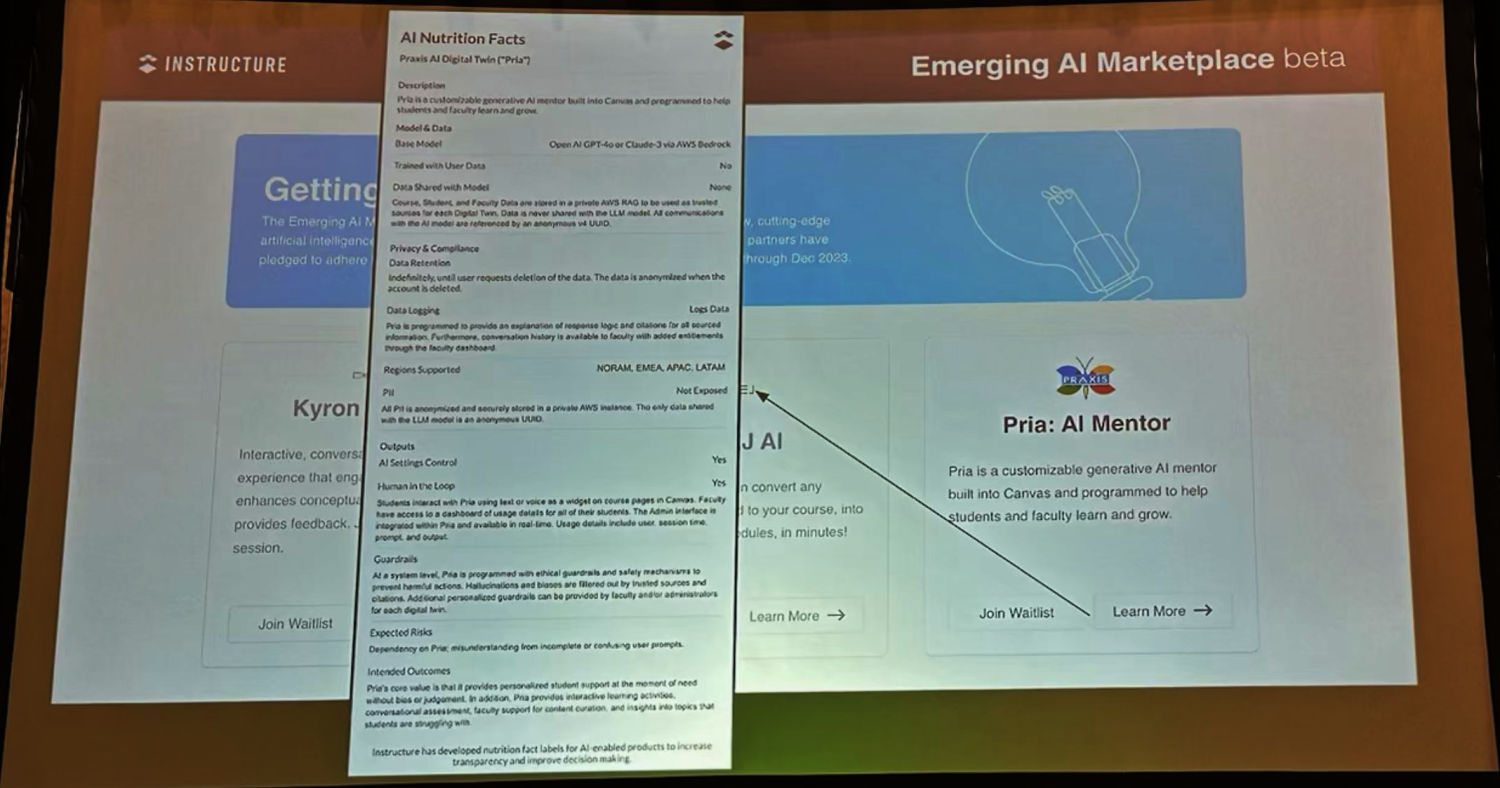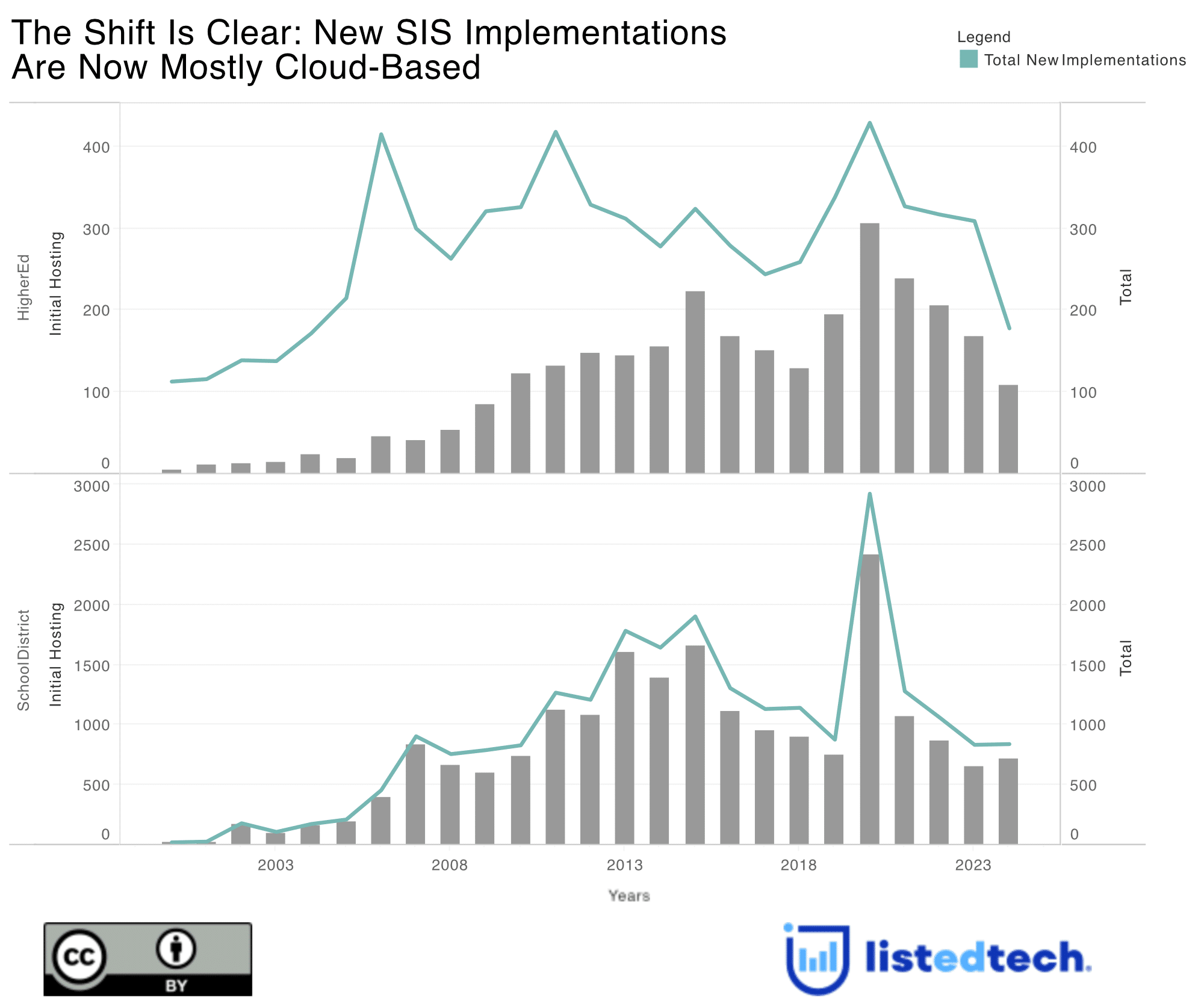
I spent last week at InstructureCon 2024 in Las Vegas, experiencing the city’s scorching heat, with temperatures soaring daily between 45 and 47°C (113 and 116°F). My wife accompanied me as I celebrated the big 50. On our arrival on Monday, we had tickets to a comedy show. Being avid walkers, we thought a short 2km walk outside was manageable. After an hour of walking in this suffocating heat, we decided to take a cab back and stay indoors for the remainder of our trip.
The conference was held at the Venetian Resort, where we had a fantastic room with a mesmerizing view of the hypnotic Sphere. The venue was expansive with great facilities, though the 24-hour gambling scene was a bit overwhelming.
As we noticed over the years, Instructure has a loyal customer base and a passionate community. Throughout the conference, activities included game night, karaoke (with some incredible singers), and the hunt for the panda idol—a treasure hunt many of the 3,000+ attendees eagerly participated in. The winners, who received a golden panda, proudly displayed their achievement. The Expo hall featured a unique theme, blending Moroccan and Indiana Jones’s explorer vibes, in line with its “Together We Thrive – Welcome to the Ed-cosystem” theme.
Now, let’s focus on the edtech portion of the conference.
Instructure made numerous product announcements, feature releases, AI enhancements, and reaffirmed their commitment to unconventional learning (non-traditional students who don’t follow the traditional pattern of enrolment). One of the standout stories for me was the partnership between Instructure and Microsoft, a reflection of the strategic decisions shaping the company’s evolution.
About a year ago, Instructure approached Microsoft to assist in developing AI for Canvas. Building a sophisticated LLM model independently would have been too expensive and potentially uneven for customers who could not afford it, making an in-house solution impractical.
Partnering with Microsoft, a company with the necessary resources and willingness to support, was a logical choice. Many institutions already had Microsoft licenses, reinforcing the partnership’s viability. Microsoft, seeking a stronger foothold in the education sector, needed to collaborate with major LMS providers and found an ideal partner in Instructure because it had a very open ecosystem, and did not want exclusivity. This collaboration would allow Microsoft to integrate with the largest LMS vendor in North America and use the same open standards with other LMS vendors.

Building an Open Ecosystem
An open ecosystem, in this case applications that can be plugged in to Canvas, was the driving principle behind this partnership. Microsoft allowed the use of data across Teams, SharePoint, and Canvas to enhance AI, with Copilot being easily activated by institutions when they want to. At the Instructure conference, the Empowered Minds demo showcased features like the capacity for students to create practice questions from course material, thus allowing the flexibility to choose the solutions they want most.
Instructure’s dedication to transparency is also evident in its marketplace, where users receive clear labels explaining data usage. This approach underscores Instructure’s commitment to leveling the playing field for learners and offering access to several other LLMs. To me, this illustrates some of the key thinking with Instructure. How can they help level the playing field for learners? How can they help users access the best LLMs (over 20 in their marketplace)? Instructure allows its users to select what they need while being transparent in how its partners are using their data, with the AI nutrition facts.

In conclusion, the partnership between Instructure and Microsoft exemplifies a forward-thinking approach to educational technology. By embracing an open ecosystem and prioritizing transparency, they are paving the way for more equitable access to advanced learning tools, ultimately enhancing the educational experience for all their users. This being said, we have also seen the success of closed environments, such as Apple, which offers higher security, tighter integration and a more uniformed look and feel.


